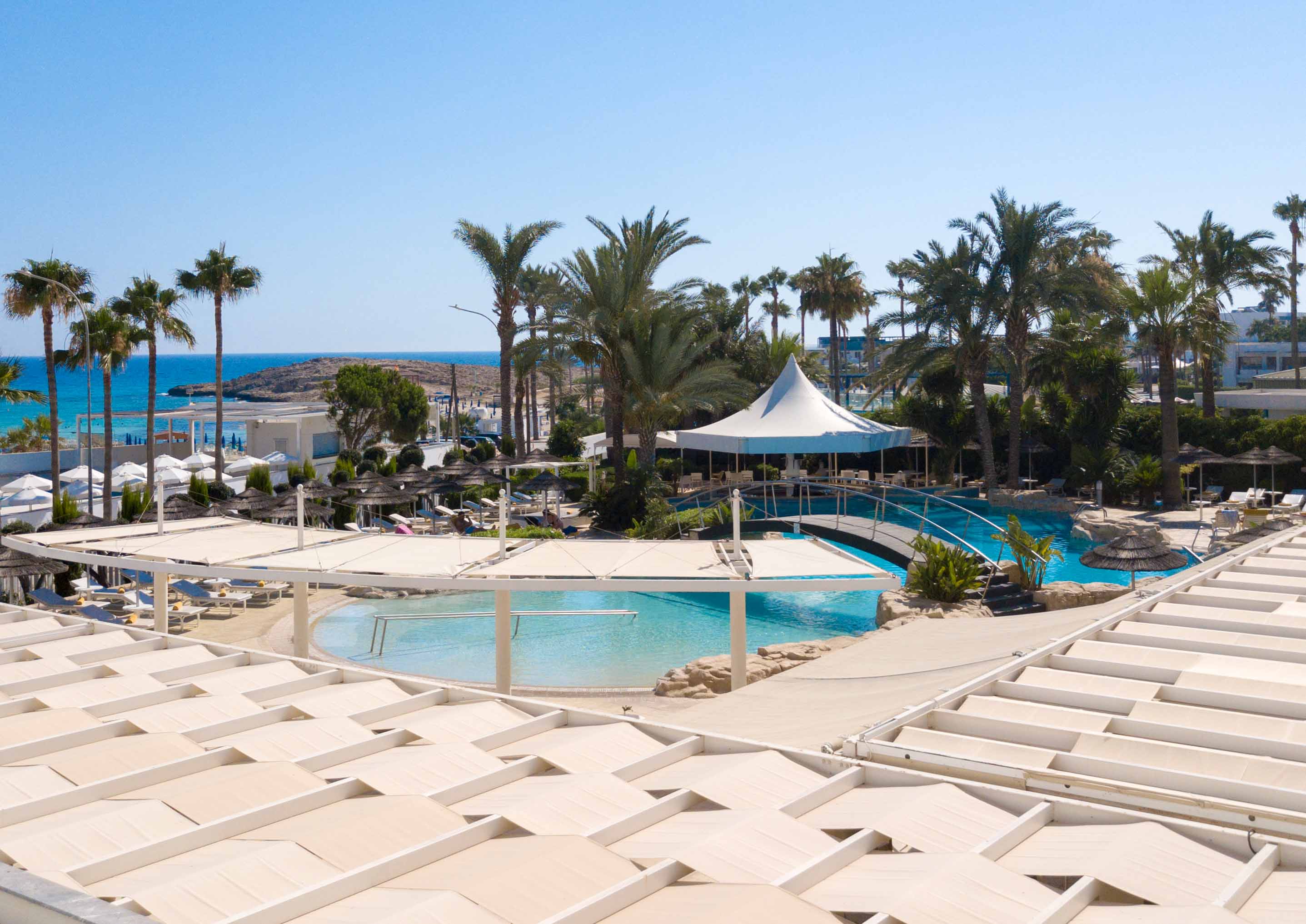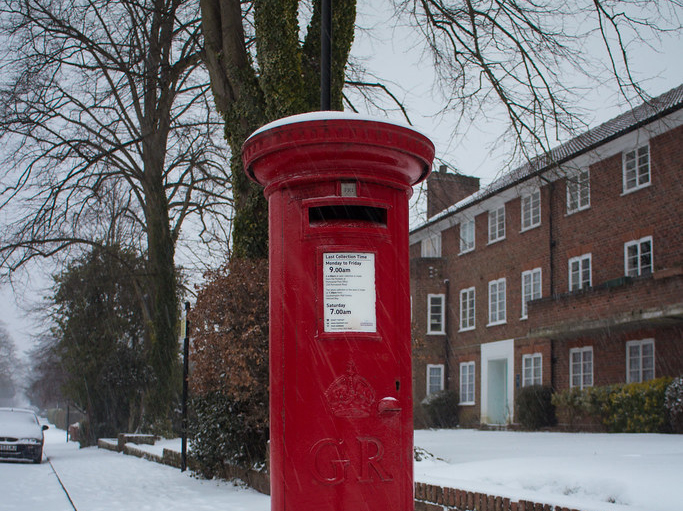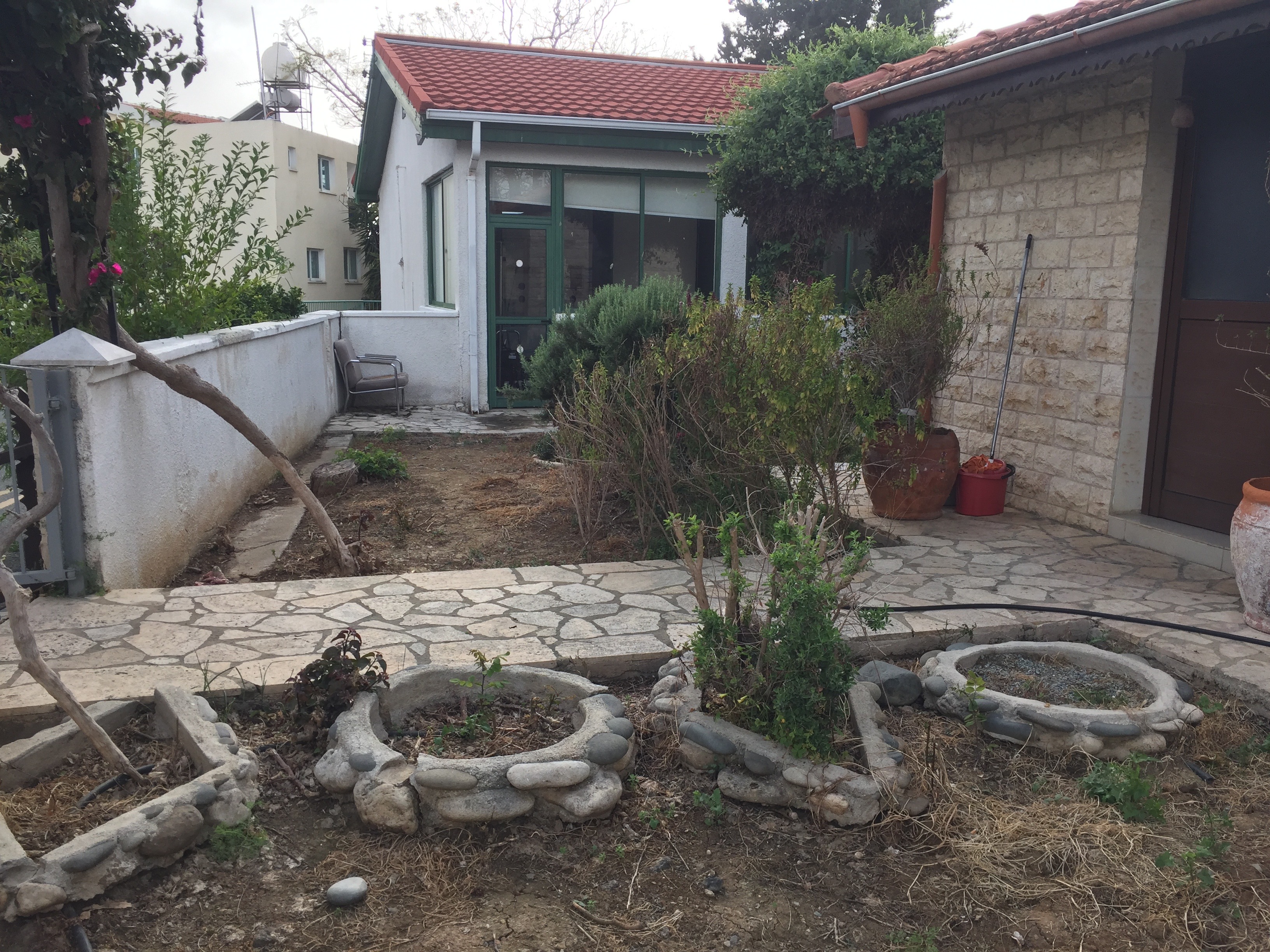The Environment Department has approved the request by Napa Rock Estates Ltd for modifications and extensions to the existing Tasia Maris Hotel in Ayia Napa, with an estimated cost of €1.2 million.
The project is located within the Ayia Napa municipality, approximately 900 metres west Nissi Beach and 3.58 kilometres east of the protected Natura 2000 site, the Special Protection Area (SPA) known as ‘Cape Greco’.
According the submitted documents, the development will consist of a basement, ground floor, mezzanine, and four floors on a total plot area of 6,715 square metres, incorporating both the existing hotel facilities and the planned expansions.
The project will include a 270-square-metre basement, a 225-square-metre ground floor with an uncovered veranda of 135 square metres, and an 85-square-metre mezzanine.
The second, third, and fourth floors will each cover 225 square metres.
The new building’s height, including the staircase, will be approximately 21 metres, compared to the existing hotel’s 18 metres.
Both the expansion and the current building’s basement will have a depth of four metres.
The basement of the existing structure will house a pool storage area, staircases, and an elevator extending throughout all floors.
The ground floor will feature a veranda, a covered area, stairs, and an elevator, while the mezzanine will consist of an open space, a mechanical room, and stair access.
Each of the four new floors will accommodate four rooms, each with a private bathroom, toilet, and veranda, along with staircases and an elevator.
Additionally, the hotel will expand by adding four extra rooms with balconies and en-suite shower and toilet facilities per floor.
The new construction also includes two rooms for disabled guests, an office, storage areas, and 34 rooms on each floor.
It has been noted that the hotel’s location falls within a zone vulnerable to nitrate pollution and areas sensitive to urban wastewater discharge.
However, the study found “no historical, cultural, or archaeological monuments, listed buildings, or elements of geological heritage within the site”.







Click here to change your cookie preferences